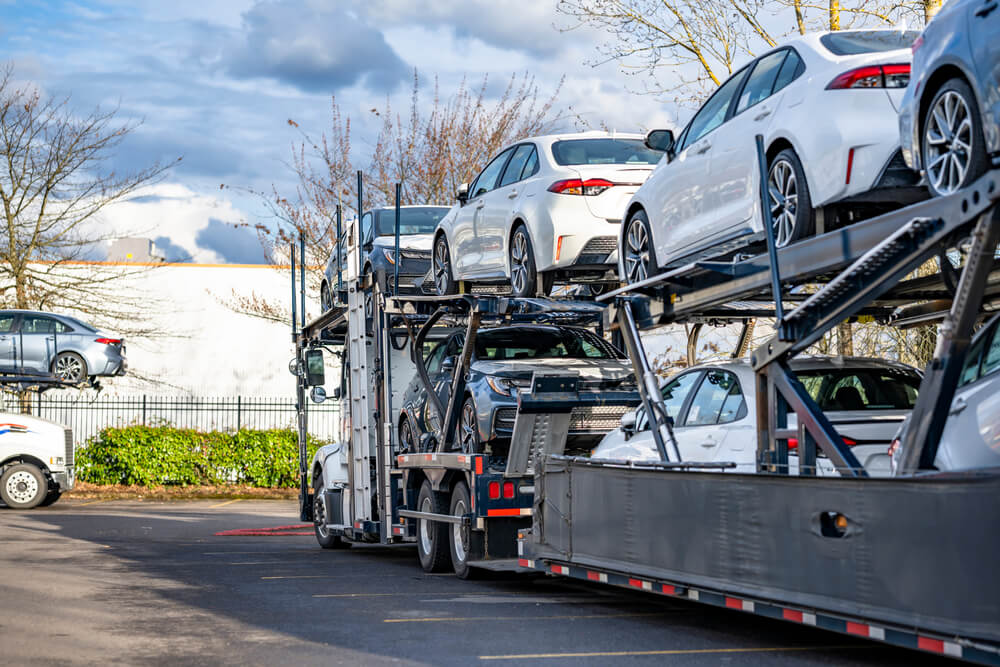
The car shipping industry growth in Hawaii has gained considerable momentum in recent years, driven by a blend of rising demand, evolving technology, and the state’s unique logistical needs. Hawaii’s island geography creates a different transportation dynamic than in continental U.S. states, making vehicle transport more complex and resource-intensive. Yet, these challenges have also opened up a wave of opportunities for industry players willing to adapt and innovate.
As more residents, military personnel, and businesses require reliable vehicle shipping to and from the islands, the market continues to expand, offering new possibilities and challenges alike. Understanding the trends behind this growth is essential for stakeholders looking to capitalize on this evolving sector.
The Geographic and Logistical Realities of Shipping in Hawaii
Unlike most other U.S. states, Hawaii lacks road, rail, or inland waterway connections to neighboring regions. This makes maritime shipping not just a preferred option but the only viable solution for transporting vehicles in and out of the state. The reliance on sea freight introduces several logistical hurdles including port congestion, scheduling around weather disruptions, and extended transit times.
Shipping companies operating in this space must navigate a delicate balance between efficiency and reliability. Every aspect from secure vehicle loading to port coordination and customs clearance requires attention to detail and timely execution. Because of these inherent complexities, Hawaiian car shipping companies often differentiate themselves through service quality, communication, and experience handling Pacific routes.
Emerging Trends Shaping Hawaii’s Car Shipping Market
Several major trends are contributing to the upward trajectory of the Hawaiian car shipping industry:
Growth in Online Auto Sales: More Hawaiian consumers are buying vehicles from mainland dealerships via online platforms. This fuels demand for door-to-port or door-to-door vehicle shipping solutions.
Military Relocations: Hawaii is home to multiple military bases. PCS (Permanent Change of Station) moves generate a consistent need for vehicle shipping services, particularly for military families stationed on Oahu, Big Island, or Maui.
Increasing Tourism & Rental Fleets: The tourism boom has pushed rental agencies to maintain and refresh their fleets more frequently. Many of these companies import and export vehicles routinely to meet seasonal demand.
Higher Auto Ownership Rates: Despite Hawaii’s small size, vehicle ownership per capita remains relatively high, increasing the need for auto logistics, especially for newly purchased or transferred vehicles.
Opportunities for Entrepreneurs and Logistics Companies
With growing demand comes greater opportunity for innovation and specialization. Several areas are emerging where businesses can make a meaningful impact:
Tech-Driven Solutions: Companies are using AI-driven platforms to automate quote generation, booking, tracking, and customer communication. This not only improves operational efficiency but also enhances customer satisfaction.
Green Shipping Initiatives: Eco-conscious practices such as optimizing shipping routes to reduce emissions, using cleaner fuels, and minimizing waste are becoming differentiators in a competitive market.
Premium Service Niches: The demand for high-end or customized services such as enclosed transport for exotic or luxury vehicles is rising. These premium services come with higher margins and appeal to a select customer base.
Partnership Ecosystems: Collaborating with mainland dealers, brokers, and third-party logistics providers can help local Hawaiian shippers offer seamless end-to-end service, from pick-up to port and final delivery.
The Economic Ripple Effects in Hawaii
Beyond logistics companies, the car shipping industry growth in Hawaii has a broader economic impact. It supports employment across multiple sectors from dockworkers and truck drivers to customer service agents and mechanics. Auto dealerships benefit from easier access to mainland inventory, and consumers enjoy greater flexibility in car purchases.
Additionally, experts in consumer protection like the Federal Motor Carrier Safety Administration (FMCSA) recommend verifying mover credentials and understanding your rights before hiring anyone. Their resources can help you choose the safest and most compliant option available.
Forecast: What's Ahead for Hawaii’s Vehicle Shipping Market?
Looking forward, the Hawaiian car shipping industry shows no signs of slowing down. As new consumer habits form, e-commerce expands, and vehicle electrification increases, shipping services will need to evolve.
One likely shift will be the development of EV-specific transport solutions. Shipping electric vehicles (EVs) involves specialized considerations like battery safety, charging compatibility, and careful temperature management. Companies that prepare now to accommodate this growing segment may gain a competitive edge.
Conclusion
The car shipping industry growth in Hawaii is a compelling story of innovation overcoming logistical challenges. What once was a niche, high-cost service is now becoming a standard offering fueled by technology, consumer demand, and broader economic development. As the industry matures, businesses that remain agile and forward-thinking will be the ones to thrive turning every shipment into an opportunity to build trust, deliver value, and shape the future of vehicle transportation across the Pacific.
